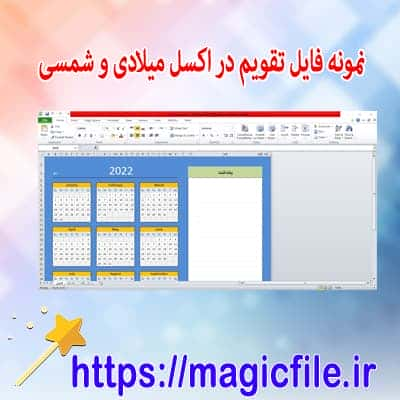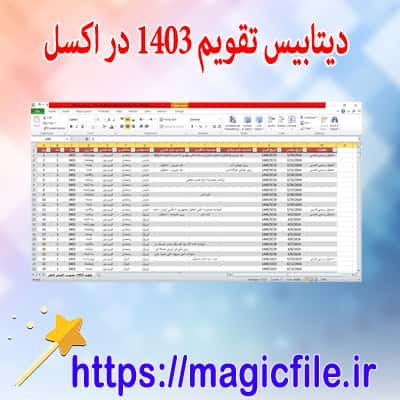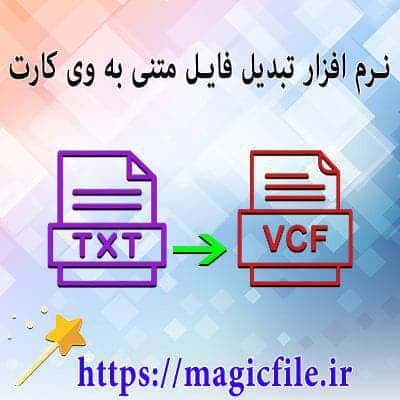👋 سلام و وقت بخیر!
به سامانه
🎧 راهنمایی سایت MagicFile.ir خوش آمدید! 🌟
اینجا میتونید بهراحتی پاسخ سوالات خودتون رو پیدا کنید، یا اگر مشکلی در دانلود، پرداخت دارید، براحتی از بین گزینه ها مشکل خود را انتخاب کنید تا توضیحات را دریافت نمایید! 🧑💻💡
از منوی سمت راست میتونید دستهبندیهای مختلف سوالات متداول 📚 رو ببینید و فقط با یک کلیک پاسخهاشون رو مشاهده کنید.
اگر سوالی دارید، همین حالا بپرسید! 😊
📞 برای دریافت کمک مستقیم، به
پشتیبانی سایت مراجعه کنید.








